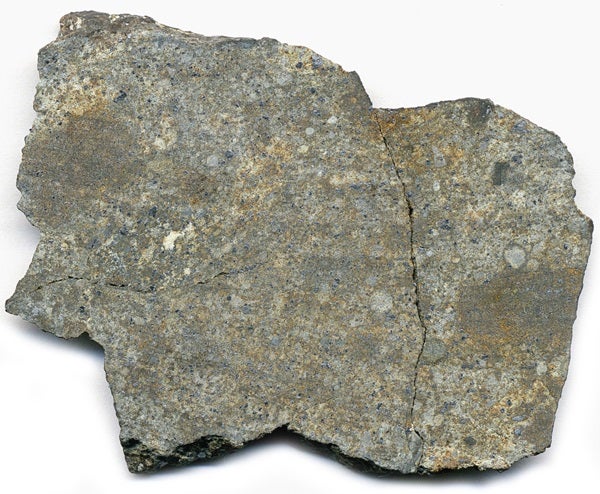Although we don’t have extrasolar meteorites, “presolar” materials have been found in some primitive meteorites. These materials are called presolar because they were created in stars before our solar system formed and were transported to our protosolar nebula. We can identify these tiny grains, which range in size from a nanometer to a few micrometers, based on their anomalous isotopic compositions. There is also evidence for the delivery of material from nearby supernovae at least twice within about the last 10 million years. This material was deposited on Earth and is identified based on the isotopic anomalies found in ocean sediments. However, we don’t have actual rock fragments from outside our solar system.
If extrasolar meteorites do exist, their chemical, mineralogical, and isotopic composition would be important signatures of their origin. But how different or similar these signatures would be, compared to our own solar system material, is left to speculation for now.
Postdoctoral Research Associate, Department of Planetary Sciences and Lunar and Planetary Laboratory, University of Arizona, Tucson, Arizona










